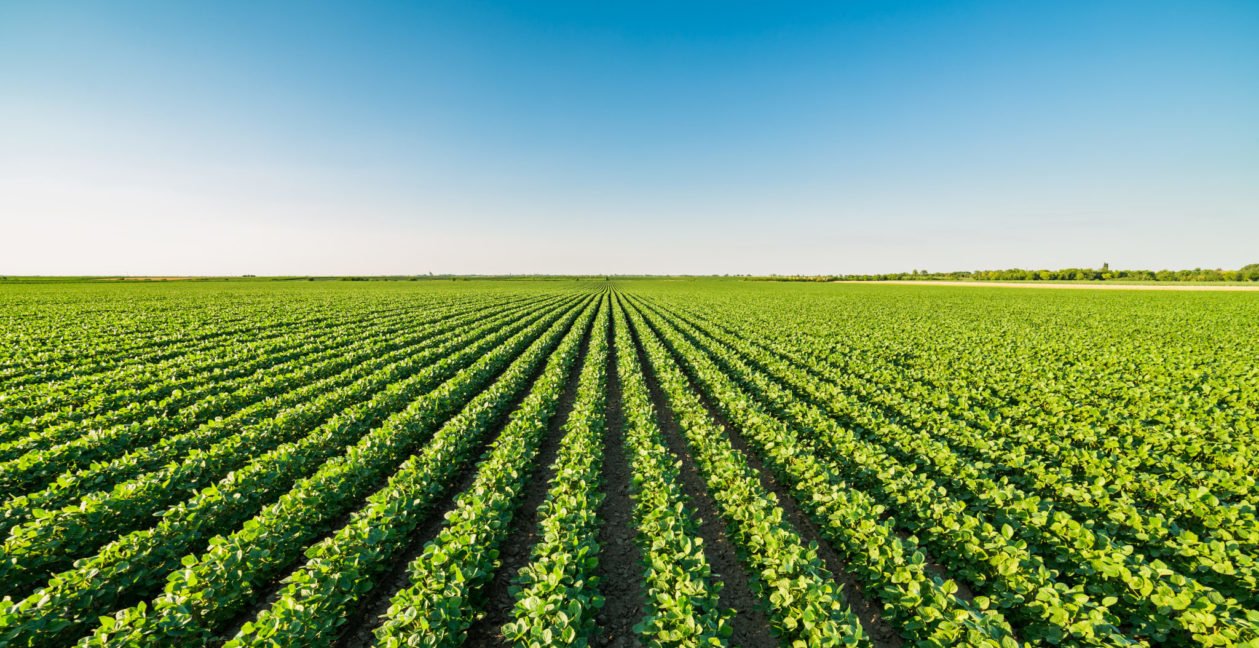In 2016, I ate my first cricket. It was sour cream-and-onion flavored, dry-roasted, and handed to me by Mohammed Ashour, a young Canadian entrepreneur looking for investors to help him grow his startup, Aspire Food Group. Aspire, he told me, would harness the power of smart robotics and Big Data to build an indoor, vertical system to farm sustainable, ethical protein. I’d barely heard of agtech at the time—and I certainly had not even considered adding insects to my diet!
I think the majority of Americans would’ve also been hesitant to add protein alternatives to their daily meals back in 2017, especially if those alternatives had six legs and antennas. Today, however, is an entirely different story. The edible insect market is projected to reach $8 billion by 2030. Other non-traditional food companies are also thriving. Beyond Meat’s IPO was one of the most—if not, the most—successful this year, with shares spiking more than 500 percent since they listed in May and projections of $240 million in revenue for 2019. And Beyond Meat is just one startup success story—according to AgFunder, the agtech industry saw $16.9 billion in funding spread across 1,450 investments in 2018 alone.

There’s no denying that this is a sector to watch. I’ve called other market transitions right—and I think I called this one right back in 2017, too. Agtech is changing the ways we fundamentally approach important tasks in the global food chain—from how we farm and source traditional food sources, to how we bring previously niche or difficult-to-scale products to the masses, to the latest crazes around lab-grown meat and plant-based burgers.
When I first invested in Aspire just two years ago, few people had their eye on agtech. In fact, in 2017, the industry was valued at only about $9 billion. Now, estimates show that by 2022, agtech is likely to exceed $23 billion. In case you’re still not convinced about agtech, here are three reasons why everyone needs to keep a close eye, from a business perspective, on the future of the sustainable food revolution:
1. Agtech is the marriage of purpose and profit
There’s enormous consumer demand for sustainable food products. In fact, 81 percent of Americans want more food options that protect the environment. The global market value of ethically-labeled packaged foods is expected to surpass $872.2 billion by 2020. With so much consumer interest, it’s almost a no-brainer for companies and investors to believe in agtech.

It’s also worth pointing out that organic food production, a craze that began several years ago, is often expensive because of increased labor demand, low yields per harvest and higher distribution costs. Agtech, on the other hand, is all about digitizing the entire process to increase efficiency and lower the costs of farming and distribution. While “process” can sometimes be considered a “dirty” word in business, there’s no denying these process efficiencies help the bottom line and show how agtech can be extremely profitable.
2. Agtech isn’t as narrow as you think
Agtech is, of course, bigger than crickets, though that was my first introduction to the sector. I was proof that you don’t necessarily need to become an expert in farming or food processing overnight in order to make smart agtech investment decisions.
If you’re also interested in getting involved with this exciting industry (or others that are showing as much promise as agtech), I’d suggest playing to your existing strengths. In this case, that means searching for agtech startups that are within sectors you already understand well. Automation/robotics, labor management, supply analytics, IoT monitoring platforms, data analytics—the list of sub-sectors within agtech goes on and on. It covers a lot of ground beyond just farming, food safety, and food processing.
3. There’s enormous agtech promise in emerging markets
I’ve long been a proponent of building a strong startup scene across the world, including in emerging countries. From a social impact perspective, startups drive job creation, inclusion, and innovation, which fuel economic and GDP growth. From an investor perspective, some emerging countries are beginning to actually outpace the U.S. when it comes to establishing the policy, infrastructure, and support needed to foster a robust startup engine, such as the Startup Nations of India and France.
In India, specifically, for example, the government has made the startup ecosystem a top priority with initiatives like Digital India and Startup India. It’s no surprise, then, that agtech startups are growing at a rate of 25 percent year over year in India, and that funding for agtech startups in India grew by 300 percent between 2017 and 2018 to reach $248 million.
Of course, there’s a heavy truth hovering over any debates one might have about the strategy of investing in sustainable food: There will be 9.8 billion mouths to feed by 2050. In short, if we don’t drastically improve our methods of food production and distribution, there will not be enough food to go around. And the good news is that there are brilliant minds at work, developing, testing and implementing the innovative techniques needed to evolve agriculture.
As a venture capitalist and investor in the sustainable food space, I believe the responsibility now falls on the shoulders of investors and VCs to support these enterprises—and there’s no doubt others are recognizing this too. That’s why, if you blink, you might get left behind in the wake of the opportunity that lies in agtech.
This story was originally published on Techonomy.






